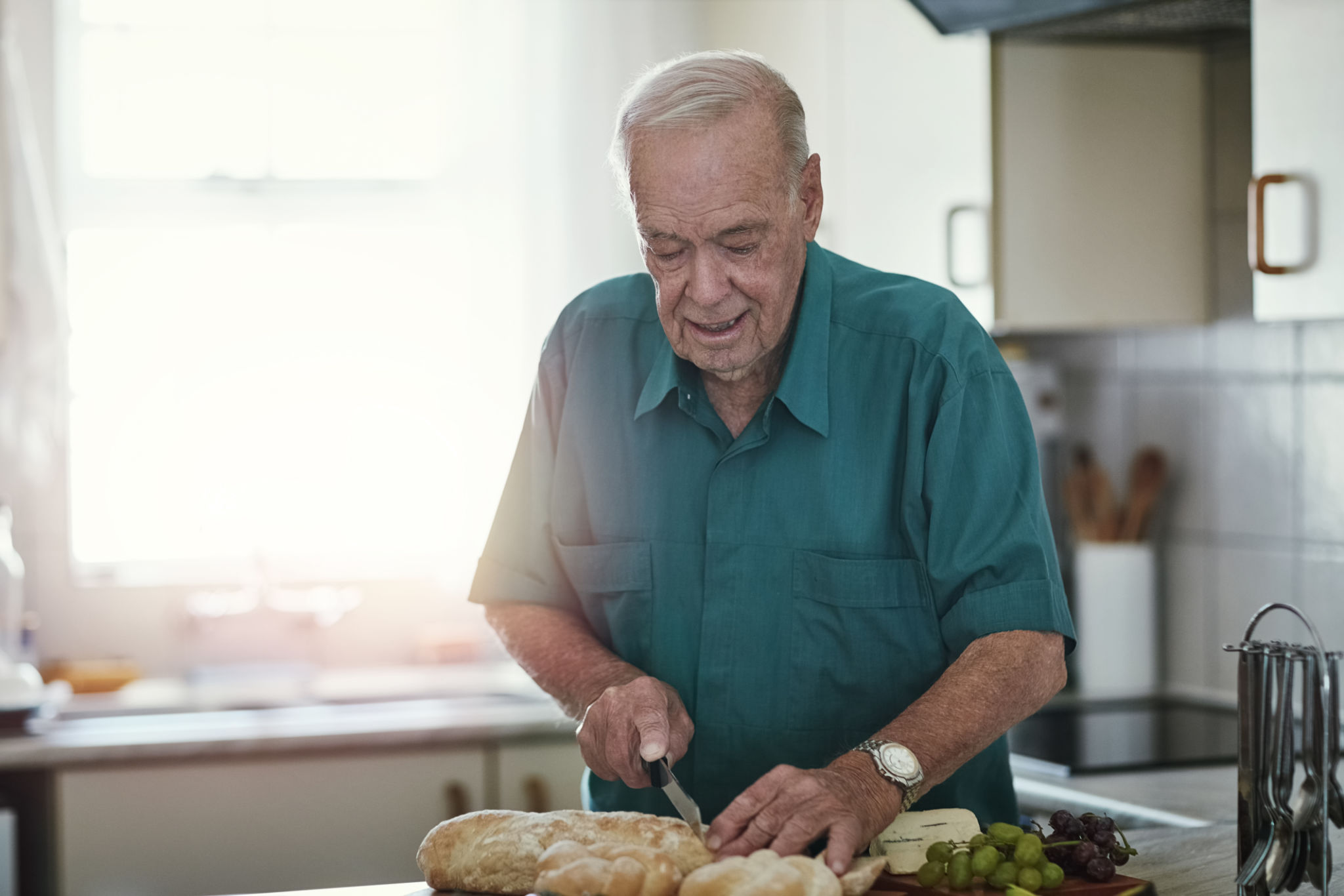FAQ: How to Effectively Use Vintage Kitchen Tools in Today's World
Embracing Vintage Kitchen Tools in Modern Cooking
In today's fast-paced world, there's a growing appreciation for the charm and utility of vintage kitchen tools. These tools, often passed down through generations, offer not only a connection to the past but also functionality that stands the test of time. Whether you're a seasoned chef or a home cook, understanding how to effectively incorporate these tools into your culinary routine can enhance your cooking experience.

Why Choose Vintage?
One might wonder why vintage kitchen tools are gaining popularity. The answer lies in their durability, craftsmanship, and unique designs that often surpass modern counterparts. Many vintage tools are made from high-quality materials like cast iron, stainless steel, and wood that are built to last. Additionally, these tools can bring a sense of nostalgia and aesthetic appeal to your kitchen.
Furthermore, vintage tools often feature designs that have not changed, because they simply work well. Take, for instance, the classic hand-crank egg beater or the reliable mortar and pestle. These items perform their tasks efficiently without the need for electricity, making them not only environmentally friendly but also dependable during power outages.
Finding and Restoring Vintage Tools
For those eager to start their collection, vintage kitchen tools can be found at flea markets, antique shops, and online marketplaces. When selecting these items, it's important to inspect them for any damage or wear. Look for signs of rust on metal parts and cracks in wooden handles. Many times, a little elbow grease can restore these items to their former glory.

Restoration often involves cleaning, polishing, and in some cases, re-seasoning. For instance, a rusty cast iron skillet can be brought back to life with a thorough cleaning and re-seasoning process. This not only improves the skillet's appearance but also enhances its non-stick properties.
Integrating Vintage Tools into Your Cooking Routine
Once you've acquired and restored your vintage kitchen tools, it's time to integrate them into your cooking routine. Begin by substituting modern gadgets with their vintage counterparts. For example:
- Use a hand-crank coffee grinder instead of an electric one for a more aromatic brew.
- Opt for a manual egg beater to whisk eggs or batter.
- Try a hand juicer for fresh citrus juice without the noise of an electric alternative.

Caring for Your Vintage Collection
Proper care is essential to maintaining the longevity of your vintage kitchen tools. Regular cleaning and appropriate storage are key. Avoid soaking wooden handles in water for extended periods, as this can cause swelling and cracking. Instead, wipe them down with a damp cloth and dry thoroughly. For metal parts, ensure they are dry before storing to prevent rust.
Additionally, keeping your tools in a dry area away from humidity will help maintain their condition. For items like cast iron skillets, regular use and proper seasoning will keep them in excellent shape for years to come.
The Joy of Using Vintage Tools
Using vintage kitchen tools can transform cooking from a routine task into an enjoyable experience. There's something deeply satisfying about the tactile engagement these tools offer. Each use is a reminder of the craftsmanship of yesteryears and an opportunity to connect with culinary traditions.
Whether you're kneading dough with a wooden rolling pin or grinding spices with an old-fashioned mortar and pestle, these activities allow you to slow down and savor each step of the cooking process. Embracing vintage kitchen tools not only enriches your culinary skills but also adds a touch of history to every meal you prepare.